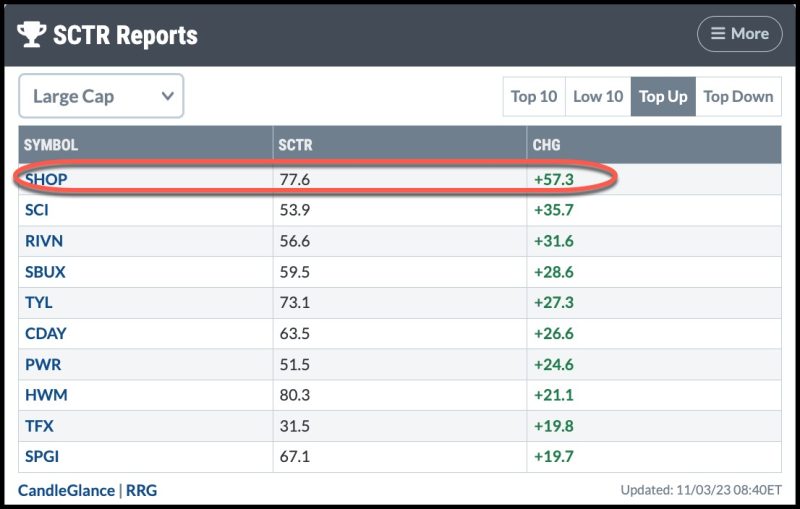Shopify stock (SHOP) has been making headlines as of late after shattering expectations and reaching all-time highs. The ecommerce platform experienced a tremendous surge in 2020, driven by the pandemic-driven shift to online shopping and the resulting demand for digital commerce solutions. But what does this mean for investors? Here’s what you need to know about Shopify’s rise.
Shopify has experienced a meteoric rise in recent years, with its stock nearly tripling in price since the start of 2020. This is due to strong sales figures that saw the ecommerce platform process $100 billion in gross merchandise volume (GMV) across its 800,000+ stores in 2020. Further, the company recently entered into a five-year partnership with Walmart, which will enable the retail giant to leverage Shopify’s software to add an online store to its platform.
Furthermore, the demand will continue to increase as the world continues its digital transformation and small business owners (Shopify’s main client base) diversify their product offering and seek digital commerce solutions. Shopify is also making it easier and more cost-effective to reach new customers with its free trial offer and the introduction of expanded payment options. This will help attract more customers to the platform and drive more revenue.
For investors, Shopify stock is quite a volatile one, which is why it’s important to consider the broader economic context when investing. While the stock has achieved success in the past few months, it could also experience a drop if the overall market were to turn downward. That being said, Shopify is in a strong financial position and boasts a forward PE of 348, which is significantly higher than the S&P 500 average of 25.
All in all, Shopify has proven to be an incredibly successful platform, and its growth shows no sign of stopping anytime soon. As the digital economy continues to expand, the ecommerce platform will remain a go-to solution for many small business owners. At the same time, however, investors should pay attention to the broader economic environment as they consider investing.






